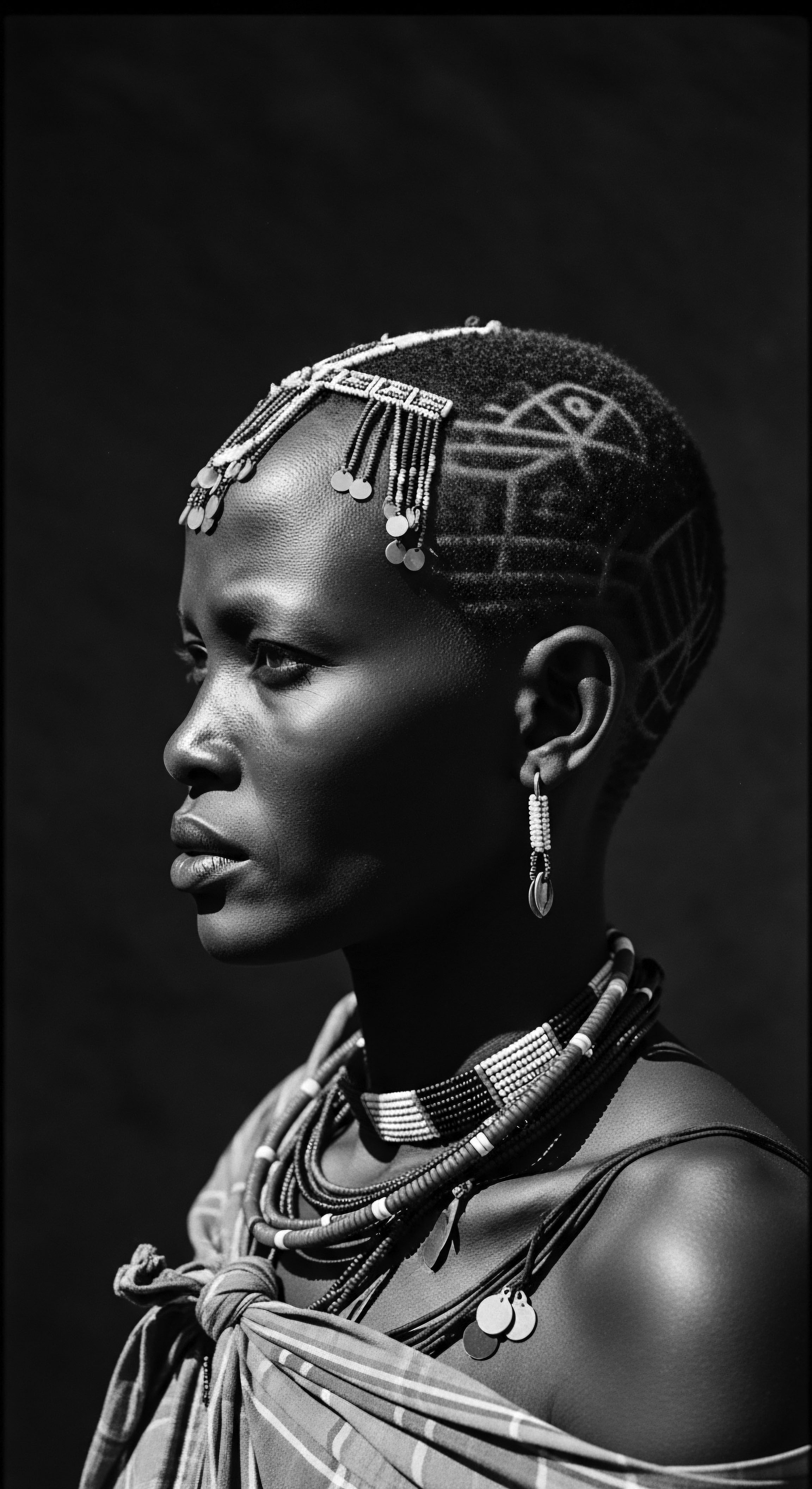
Roots
When the sun dips low, and the day’s tasks yield to night’s quiet embrace, there has long been a sacred pause, a moment for rest and restoration. For those whose hair spirals with the memory of the sun, coils like the deepest rivers, or forms a crown of rich, boundless textures, this nightly ritual of protection was not merely a cosmetic choice. It was a practice rooted in ancestral wisdom, a quiet act of preservation that safeguarded not only the physical strands but also the spirit they represented. We begin a dialogue with the past, seeking to understand the ingenuity embedded in the daily lives of those who came before us, asking ❉ What historical head coverings protected textured hair at night?
The answer resides in the ingenuity of ancient cultures, in the whispers of textile traditions, and in the profound understanding of hair’s delicate nature passed through generations. These were not just pieces of fabric; they were guardians of moisture, shields against friction, and silent witnesses to the daily rhythm of life and sleep. From the earliest communal gatherings to the private sanctity of individual rest, the head covering served a purpose beyond simple adornment. It spoke of care, of cultural practice, and of an enduring legacy.
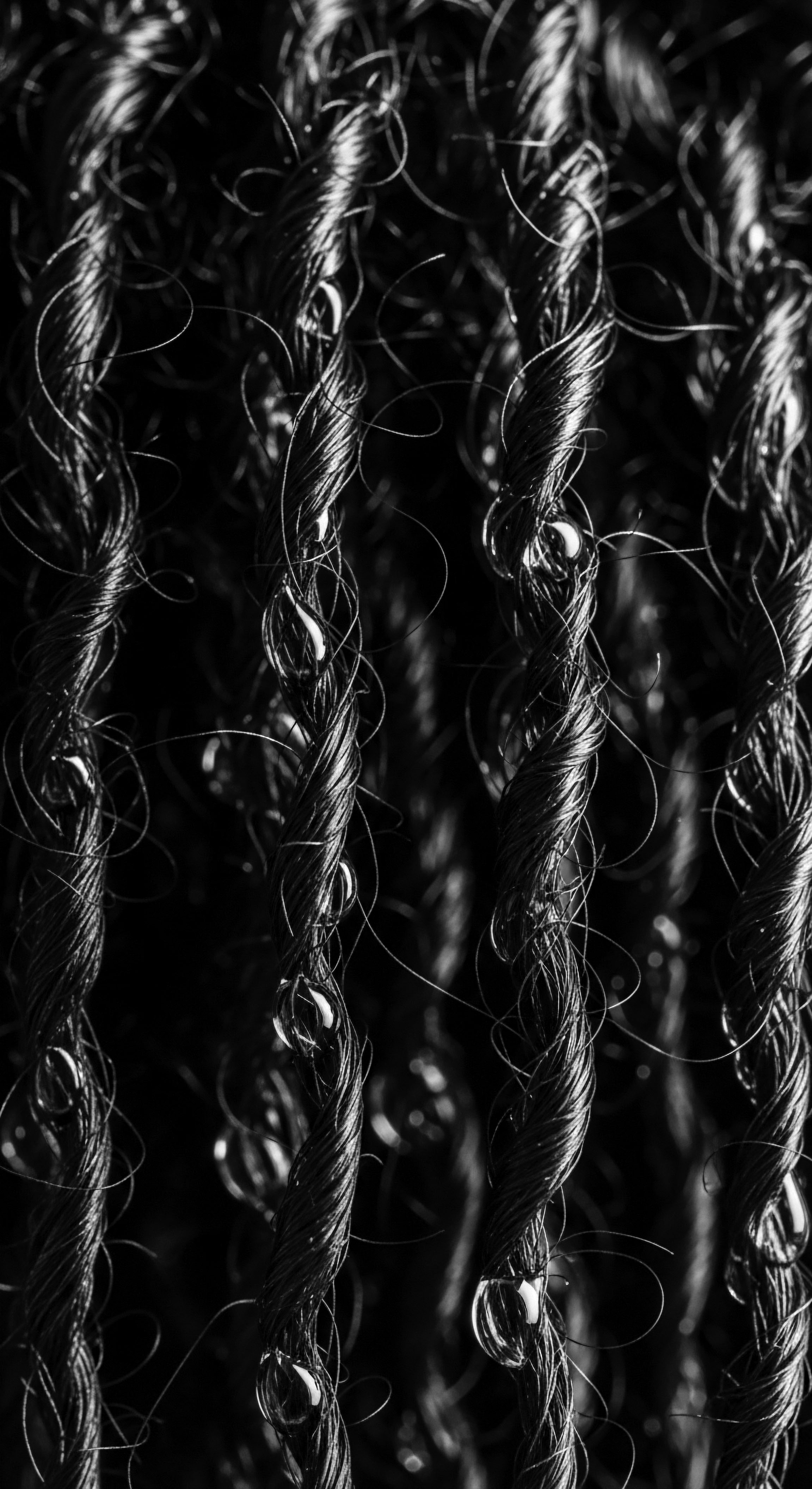
Hair Anatomy and the Ancestral Veil
Textured hair, with its unique helical structure, presents particular needs for care. Each bend and curve along a strand can become a point of vulnerability, susceptible to breakage when rubbing against abrasive surfaces. This elemental biology informs the enduring need for nighttime protection.
Ancestral communities, observing the hair’s tendencies, understood these practical realities. They recognized that protecting hair at night preserved its length and vitality, a sign of health and often, social standing.
The choices of materials for these early head coverings were not arbitrary. While scientific terms like “coefficient of friction” were unknown, the tactile experience of silk and satin against hair was a knowledge held in common. These smooth fabrics, often spun from local fibers or obtained through ancient trade routes, minimized the physical stress on hair during sleep.
For instance, in West African societies, silk was imported via trans-Saharan trade routes and utilized by the elite, including for head wraps known as Gele in Nigeria and Duku in Ghana. These wraps, beyond their ceremonial and aesthetic value, served a practical purpose in preserving intricate hairstyles and protecting the hair at night.
Historical head coverings for textured hair were thoughtful responses to the hair’s unique biology, preserving its strength and appearance through the night.
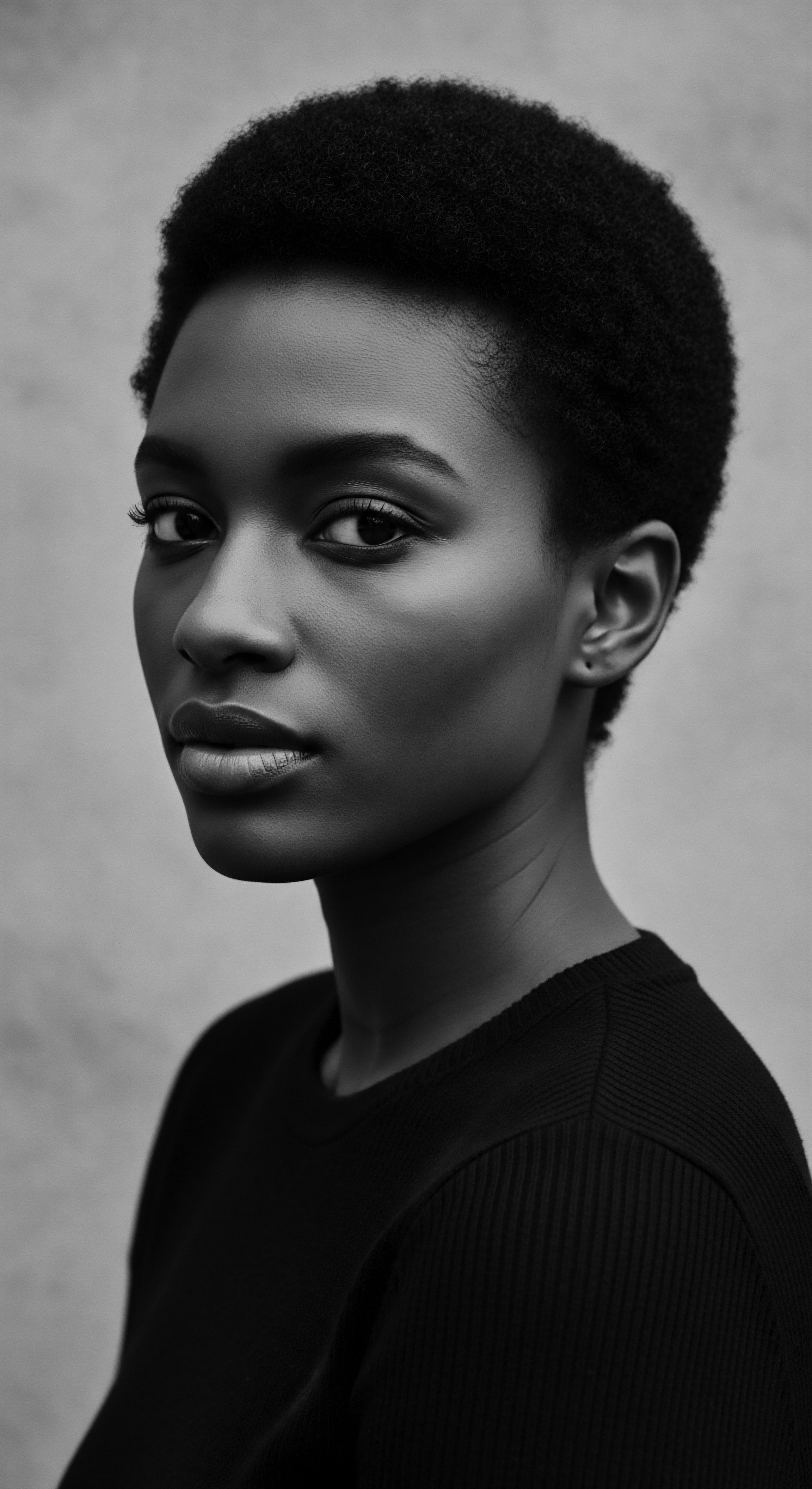
Ancient Sleep Supports and Hair Preservation
Beyond soft cloths, ancient cultures also developed other forms of sleep supports. Consider the ingenious use of Headrests in ancient Egypt, dating back millennia. These were often made of wood or other rigid materials, designed to elevate the head and neck, allowing air to circulate and, crucially, preventing elaborate hairstyles from being disturbed during slumber.
For Egyptian royalty, whose hairstyles and wigs symbolized status and identity, these headrests helped preserve their coiffures. While primarily associated with maintaining daytime styles, their protective function during rest speaks to an early recognition of the need to shield hair from disruption and friction.
The practicality of these headrests extends beyond preserving styles. They served as a barrier against potential insect infestations that might occur with cloth pillows filled with organic materials in warm climates. The dual benefit of hygiene and preservation highlights a holistic approach to nighttime care that transcended mere appearance. This insight into ancient Egyptian practices offers a glimpse into a broader understanding of protective measures for hair, where form and function converged.
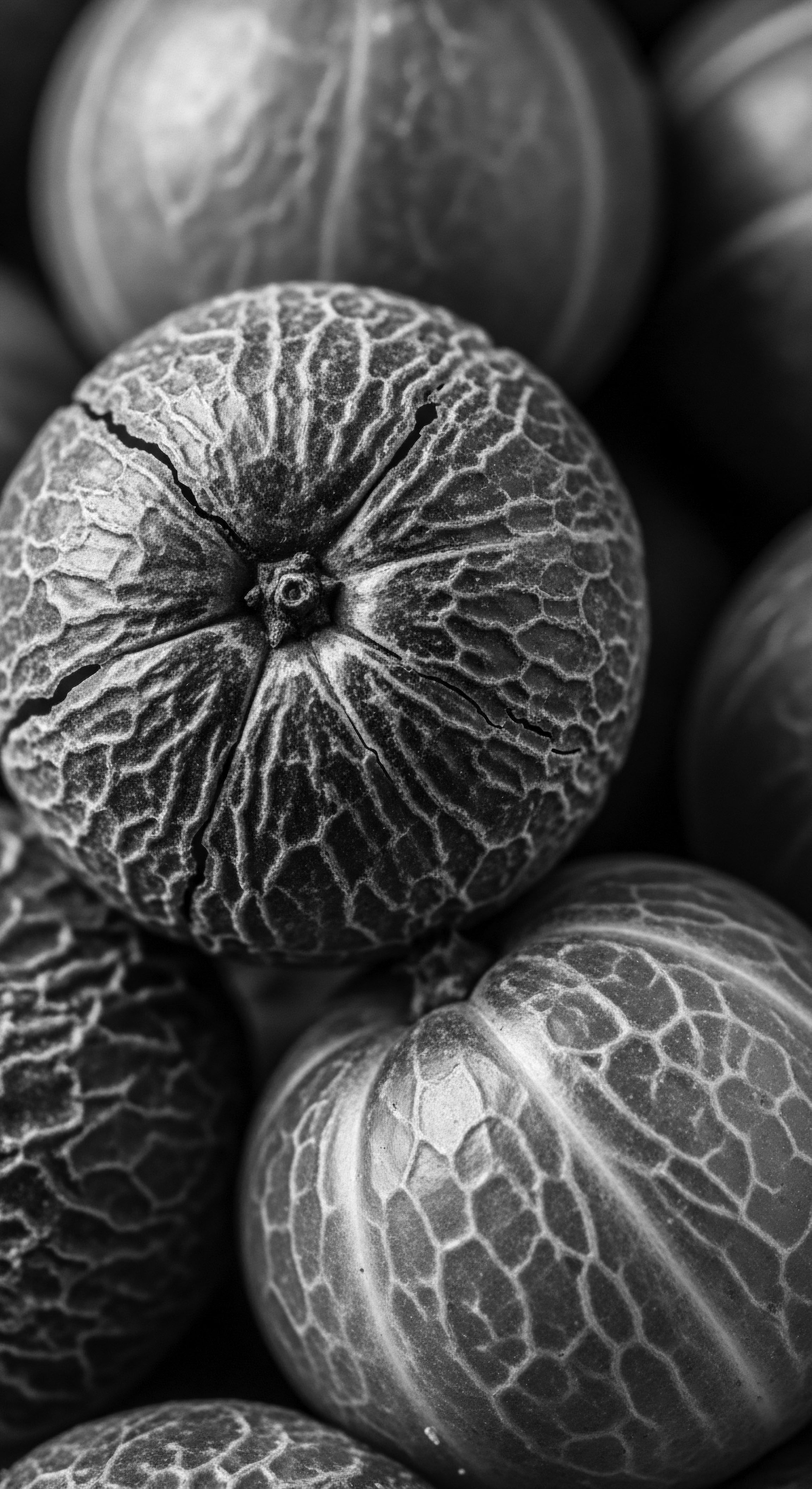
Ritual
The nightly covering of textured hair evolved into a ritual, a silent conversation between past and present, a practice steeped in intention and cultural memory. This section explores how these historical coverings became central to hair care practices, not just as functional items, but as carriers of meaning, tradition, and quiet defiance.
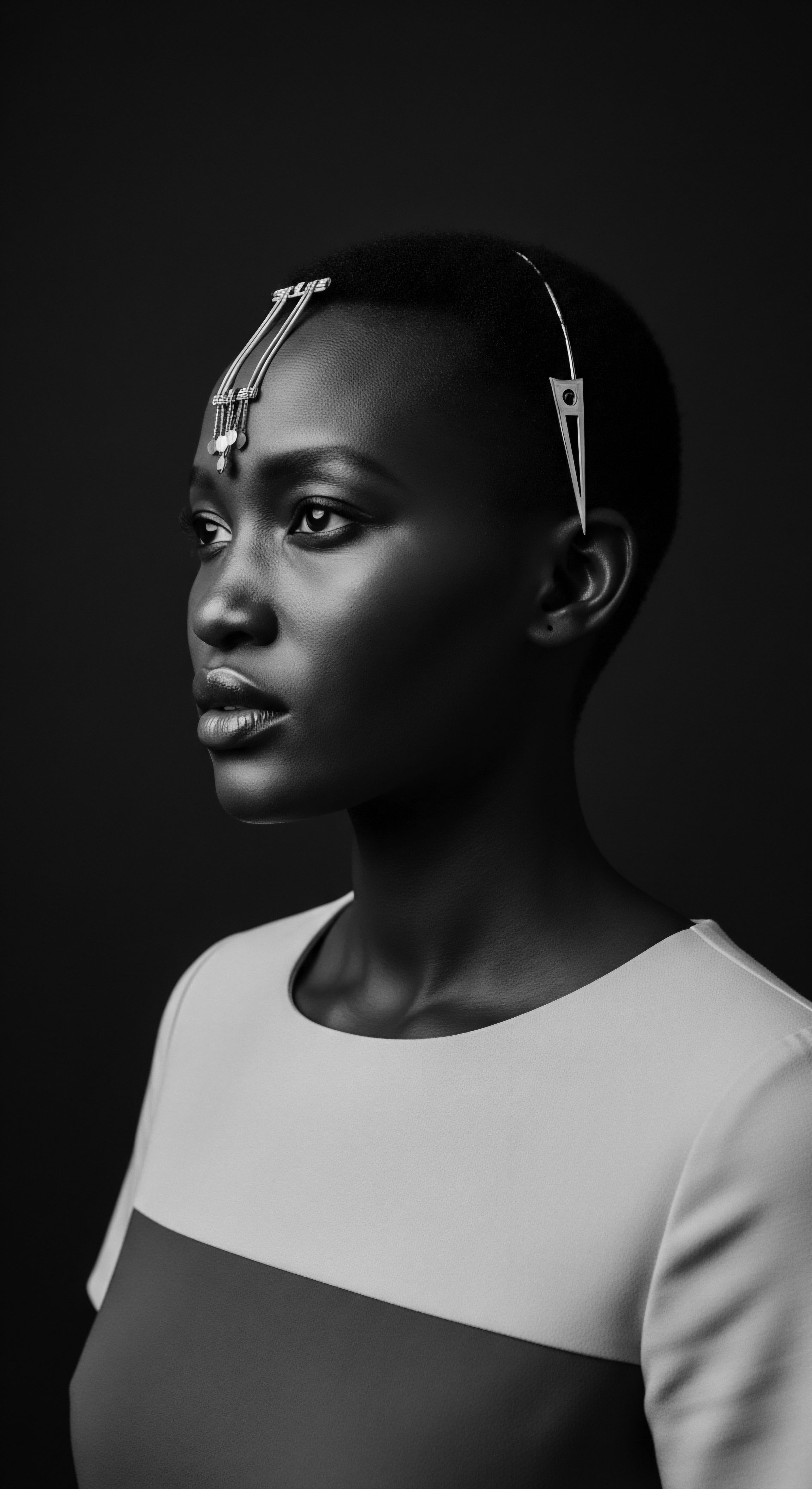
Coverings as Cultural Markers in the Diaspora
The journey of head coverings from ancestral lands to the diaspora transformed their significance, layering new meanings upon ancient practices. In West Africa, head wraps held diverse meanings, signifying status, marital standing, or even religious belief. When Africans were forcibly taken across the Atlantic, these practices crossed with them, adapting to brutal new realities. Enslaved women, stripped of their ancestral rituals and forced into arduous labor, used head coverings for practical reasons—to shield against sun, sweat, and dirt, and to maintain braided styles.
But beyond utility, these coverings transformed into powerful symbols of identity and resistance. What was intended as a mark of subservience became a silent statement of dignity. In Louisiana, the infamous Tignon Law of 1786 mandated that free Black women wear a tignon, a turban-like headscarf, to differentiate them from white women and supposedly diminish their allure. This oppressive decree, however, met with a remarkable act of reclamation.
Women adorned their tignons with vibrant fabrics, jewels, and intricate ties, converting a symbol of inferiority into a declaration of beauty and defiance. This act, captured in historical accounts, powerfully illuminates how head coverings became a canvas for expressing identity and resilience in the face of oppression. (Gould, V. M.
1996, p. 77)
The tignon, a mandated head covering, became a powerful symbol of defiance and beauty for free Black women in Louisiana, transforming oppression into a statement of identity.
The ingenuity extended beyond external adornment. In some regions, like Suriname, enslaved Black women even used the folds of their headscarves to communicate coded messages, a covert language hidden in plain sight from their enslavers. This hidden communication speaks to the profound strategic depth these seemingly simple items held.
| Head Covering Type Gele / Duku |
| Historical Context/Origin West Africa (Nigeria, Ghana) |
| Primary Purpose (Night Protection) Preserving intricate styles, reducing friction |
| Cultural Significance Status, occasion, identity, wealth |
| Head Covering Type Tignon |
| Historical Context/Origin Louisiana (18th Century) |
| Primary Purpose (Night Protection) Hair coverage due to forced decree |
| Cultural Significance Resistance, identity, beauty, defiance |
| Head Covering Type Silk/Satin Bonnets |
| Historical Context/Origin Later 19th/20th Century, European/African American communities |
| Primary Purpose (Night Protection) Moisture retention, frizz control, breakage prevention |
| Cultural Significance Hair health, style preservation, connection to heritage |
| Head Covering Type These diverse head coverings, from ancestral lands to the diaspora, reveal a consistent need to protect textured hair while adapting to varied social and cultural landscapes. |
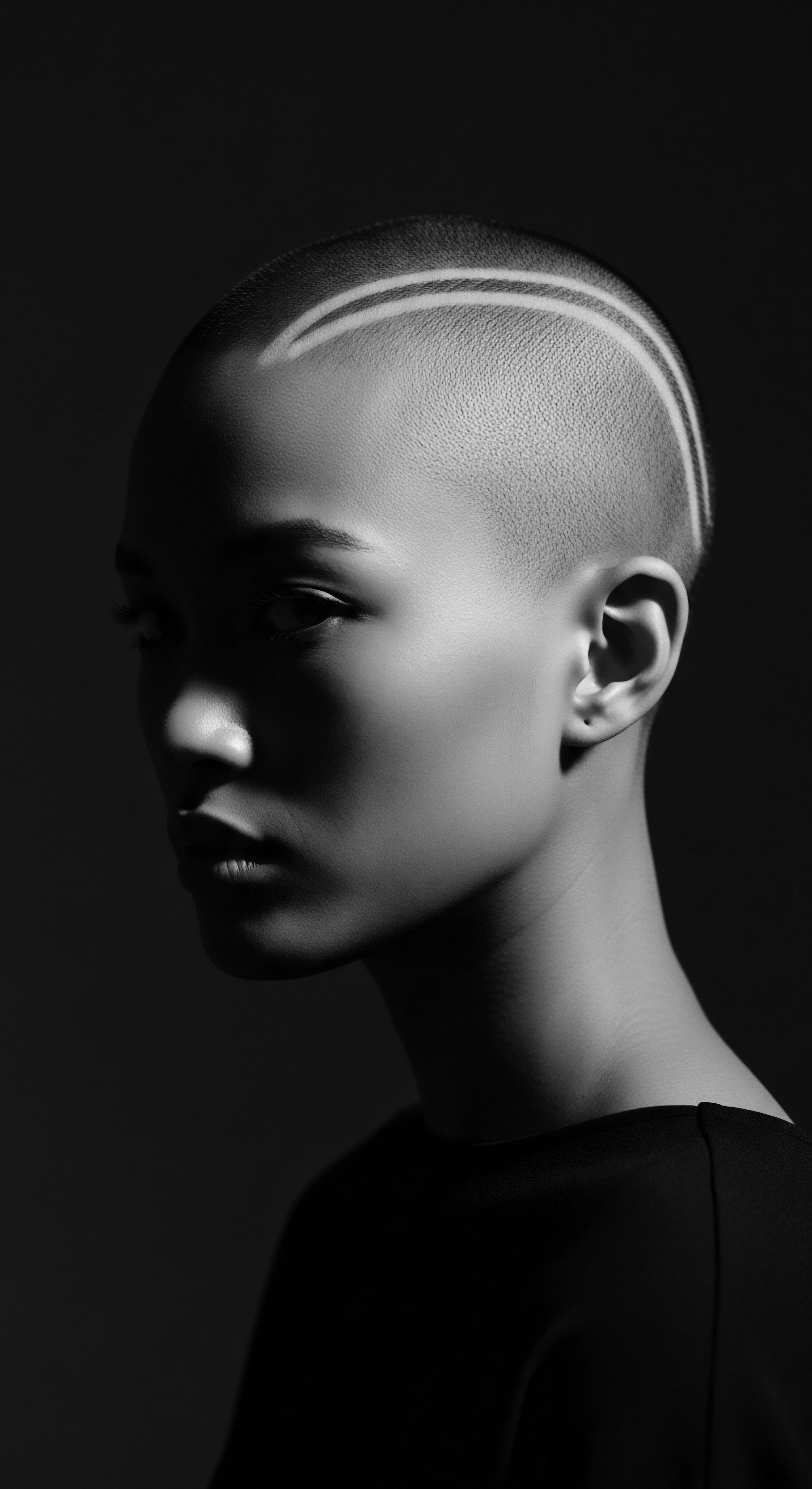
Material Matters for Nighttime Hair Care
The selection of materials for head coverings intended for nighttime protection was inherently scientific, even if the underlying physics was not explicitly theorized. The rough surface of cotton, a common bedding material, creates friction that can abrade the hair’s cuticle, leading to frizz and breakage. This detrimental effect is particularly pronounced for textured hair, which has a naturally more open cuticle structure.
Conversely, silk and satin, with their smooth, tightly woven fibers, allow hair to glide freely, minimizing friction. This understanding, gleaned through generations of observation, led to the widespread use of such materials for sleep coverings.
- Silk ❉ A natural protein fiber, known for its smooth texture and ability to reduce friction. Historically, silk was a luxury item, yet its use for hair protection was widespread among those who could acquire it.
- Satin ❉ While often made from synthetic fibers today, historical satin weaves, including those from silk, replicated the smooth surface ideal for hair protection. Its less expensive nature compared to pure silk likely broadened its accessibility over time.
- Linen ❉ Some historical accounts suggest the use of fine linen, which, when closely woven and softened through repeated washing, could also offer a less abrasive surface than coarse cotton.
The practical benefit of these smooth fabrics extends to moisture retention. Unlike absorbent cotton, silk and satin do not wick away the natural oils and moisture from the hair strands, helping to keep textured hair hydrated throughout the night. This preservation of moisture is critical for hair health, preventing dryness and brittleness that can lead to further damage.
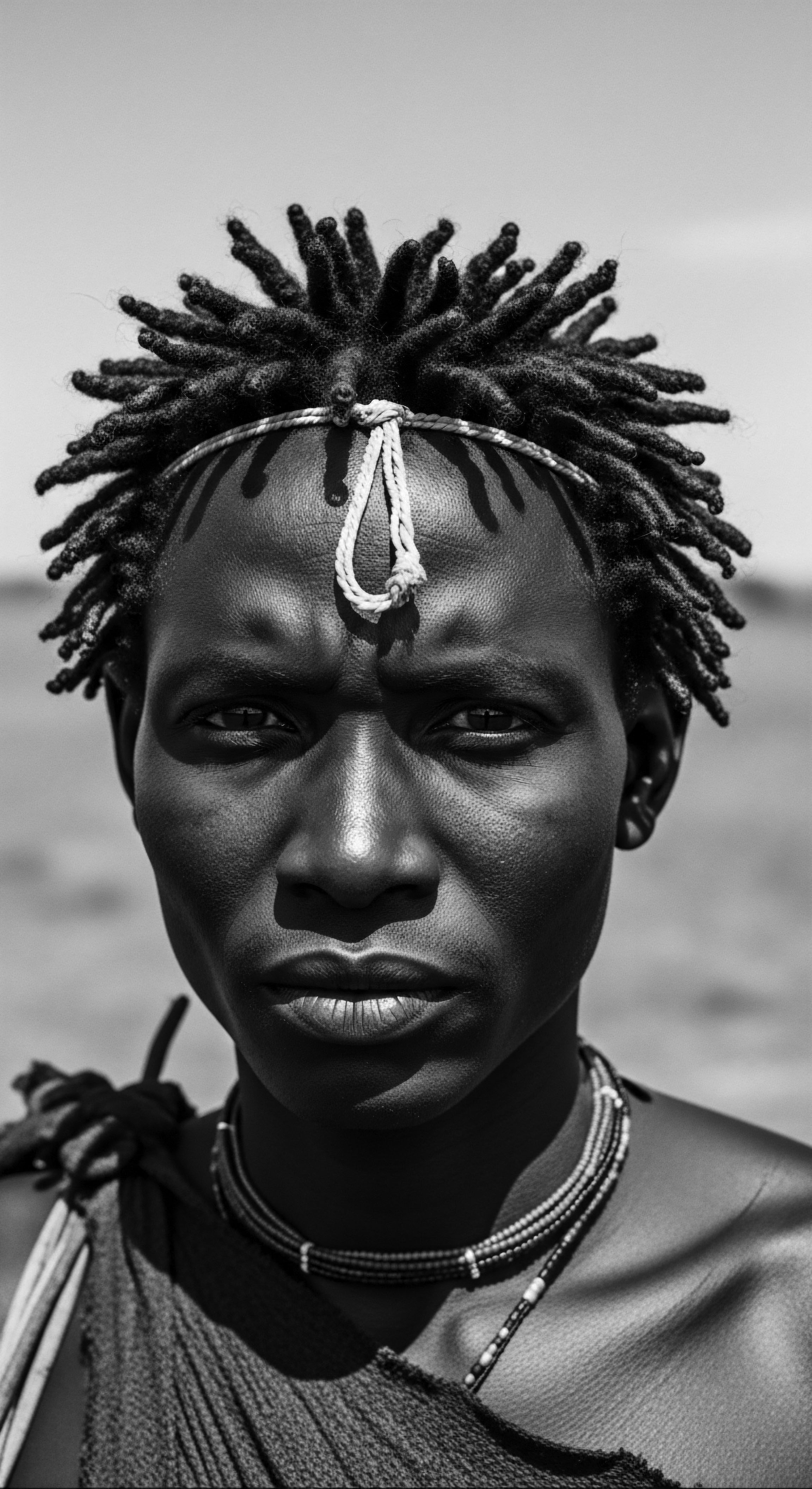
Relay
The historical legacy of protecting textured hair at night is a continuous relay, a baton passed through the ages, carrying with it the wisdom of ancestors and the evolving understanding of hair science. This section delves into the intricate interplay of historical care methods, scientific validation, and the enduring cultural significance of these practices in contemporary life.

How Does Understanding Hair Structure Inform Night Care?
The intricate morphology of textured hair, characterized by its elliptical cross-section and numerous twists and turns along the shaft, renders it inherently more susceptible to mechanical damage than straighter hair types. Each curve represents a potential stress point, a place where friction can cause the outer layer, the cuticle, to lift or fracture. This structural reality underscores the profound value of historical nighttime head coverings.
Modern science now offers a detailed explanation for the observations made by those who, centuries ago, simply knew what worked. When textured hair rubs against a rough surface, like a cotton pillowcase, the constant agitation creates micro-abrasions, leading to frizz, tangles, and ultimately, breakage. The smooth surfaces of silk or satin head coverings mitigate this friction, allowing the hair strands to glide without snagging or disturbing the delicate cuticle layer. This is not just about avoiding “bad hair days”; it addresses the fundamental mechanical integrity of the hair fiber itself.
The importance of moisture preservation also becomes clearer through a scientific lens. Textured hair’s unique structure, while offering natural sun protection due to its tightly coiled nature, also makes it prone to dryness because natural oils struggle to travel down the spiraling shaft. Cotton, being a highly absorbent material, wicks away this essential moisture, leaving hair parched and brittle.
Conversely, silk and satin, with their low absorbency, help to seal moisture into the hair, providing an optimal environment for nighttime restoration. This confluence of historical practice and scientific understanding deepens our appreciation for the wisdom embedded in ancestral traditions.
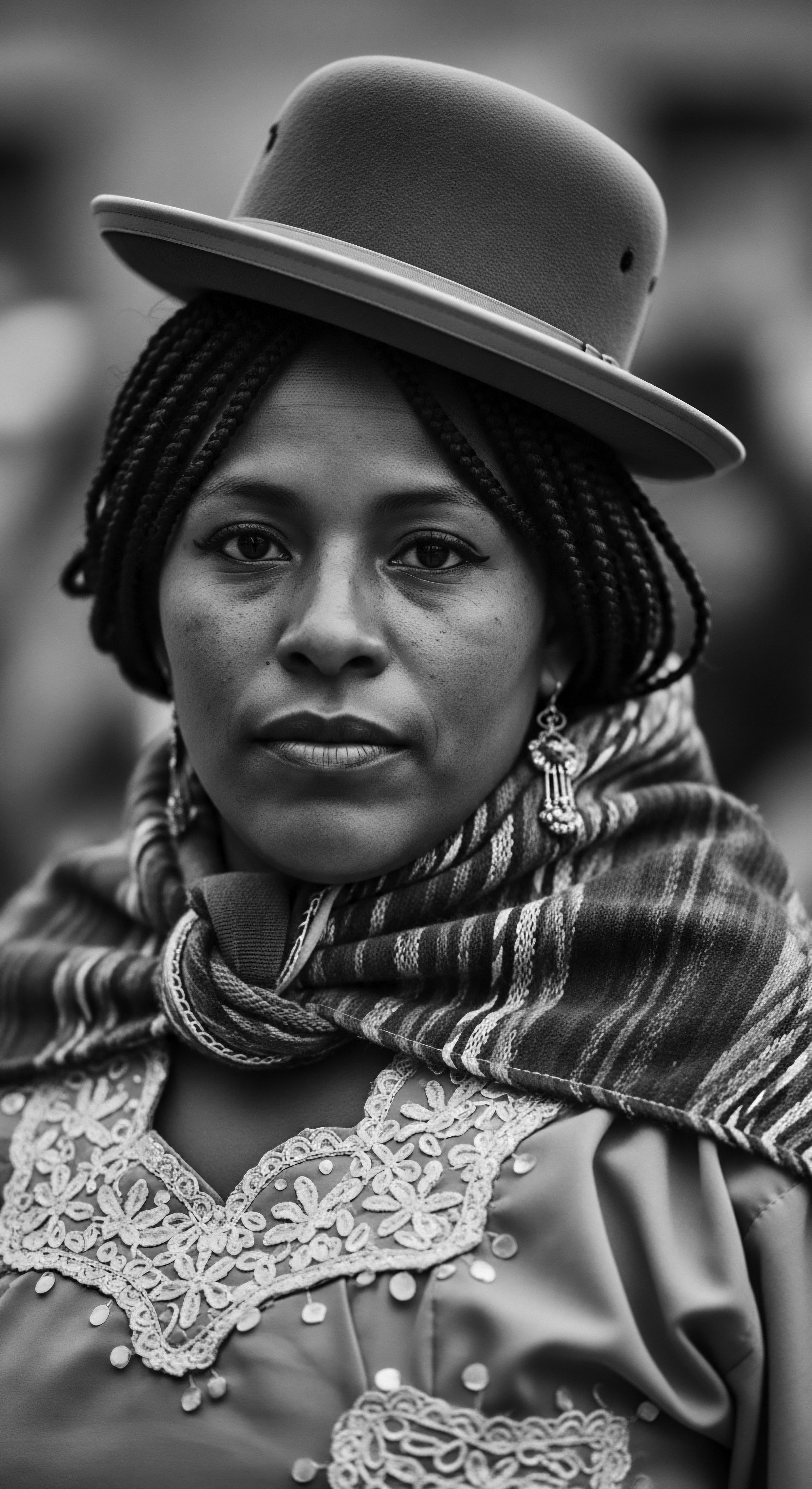
What Were the Societal Layers of Nighttime Hair Protection?
The practice of covering hair at night extended beyond simple physical protection; it was intertwined with societal norms, expressions of status, and even acts of subtle rebellion. In many pre-colonial African societies, hair carried immense social and spiritual weight. Elaborate hairstyles were not just aesthetic choices; they communicated lineage, marital status, age, and religious beliefs.
Preserving these styles, often painstakingly created over hours or days, was paramount. Nighttime coverings ensured these intricate designs remained intact, a silent affirmation of one’s identity and place within the community.
The material of the covering itself could also denote status. While everyday head wraps might be made of more common fabrics, those worn by royalty or for special occasions, including at night, would often feature luxurious silks or finely woven materials, obtained through complex trade networks. This spoke volumes without a single word.
Consider the paradox witnessed in the diaspora. Laws like the Tignon Law in Louisiana sought to strip Black women of their perceived attractiveness and social standing by forcing them to cover their hair. Yet, the defiant artistry with which these women adorned their tignons, transforming a symbol of subjugation into a statement of audacious beauty, speaks volumes about the human spirit’s ability to reclaim agency.
This historical example shows how something as seemingly mundane as a head covering for sleep could become a potent vehicle for social commentary and resistance. It is a testament to the enduring human element in what might otherwise seem like a practical item.
Beyond overt laws, societal pressures also played a role. Post-slavery, as Eurocentric beauty standards gained prominence, Black women continued to use head coverings at home to preserve straightened or pressed hairstyles, a practice essential for maintaining appearances in a society that often devalued natural textured hair. These home rituals, often performed in the quiet privacy of the evening, became acts of self-preservation and adaptation within a challenging social landscape.
- Status Affirmation ❉ In many African cultures, the material and styling of a head covering, even for nighttime, could signify wealth, social standing, or marital status.
- Style Preservation ❉ Protecting elaborate daytime hairstyles, essential for maintaining public appearance and cultural identity, particularly in societies where hair communicated social messages.
- Resistance and Reclamation ❉ As seen with the Tignon Law, enforced coverings were often subverted and re-appropriated by Black women to express defiance, beauty, and identity.
| Historical Era/Region Ancient Africa / Egypt |
| Common Materials Plant fibers, fine cloths, elevated headrests |
| Primary Benefit for Textured Hair Friction reduction, style preservation, ventilation |
| Associated Heritage Element Connection to royalty, spiritual practices, sophisticated engineering |
| Historical Era/Region West Africa (Pre-Colonial) |
| Common Materials Cotton, imported silks |
| Primary Benefit for Textured Hair Style preservation, moisture retention, physical protection |
| Associated Heritage Element Cultural artistry, social communication, trade networks |
| Historical Era/Region African Diaspora (Slavery Era) |
| Common Materials Coarse cotton, later any available fabric |
| Primary Benefit for Textured Hair Basic physical protection, hygiene, covert communication |
| Associated Heritage Element Resilience, coded language, resistance against oppression |
| Historical Era/Region Post-Emancipation to Mid-20th Century |
| Common Materials Cotton, satin, silk (at home) |
| Primary Benefit for Textured Hair Maintaining straightened styles, reducing frizz |
| Associated Heritage Element Adaptation to Eurocentric beauty standards, private self-care rituals |
| Historical Era/Region The choice of material for night coverings reflects both practical necessity and a deep connection to social status, available resources, and enduring cultural practices across time. |
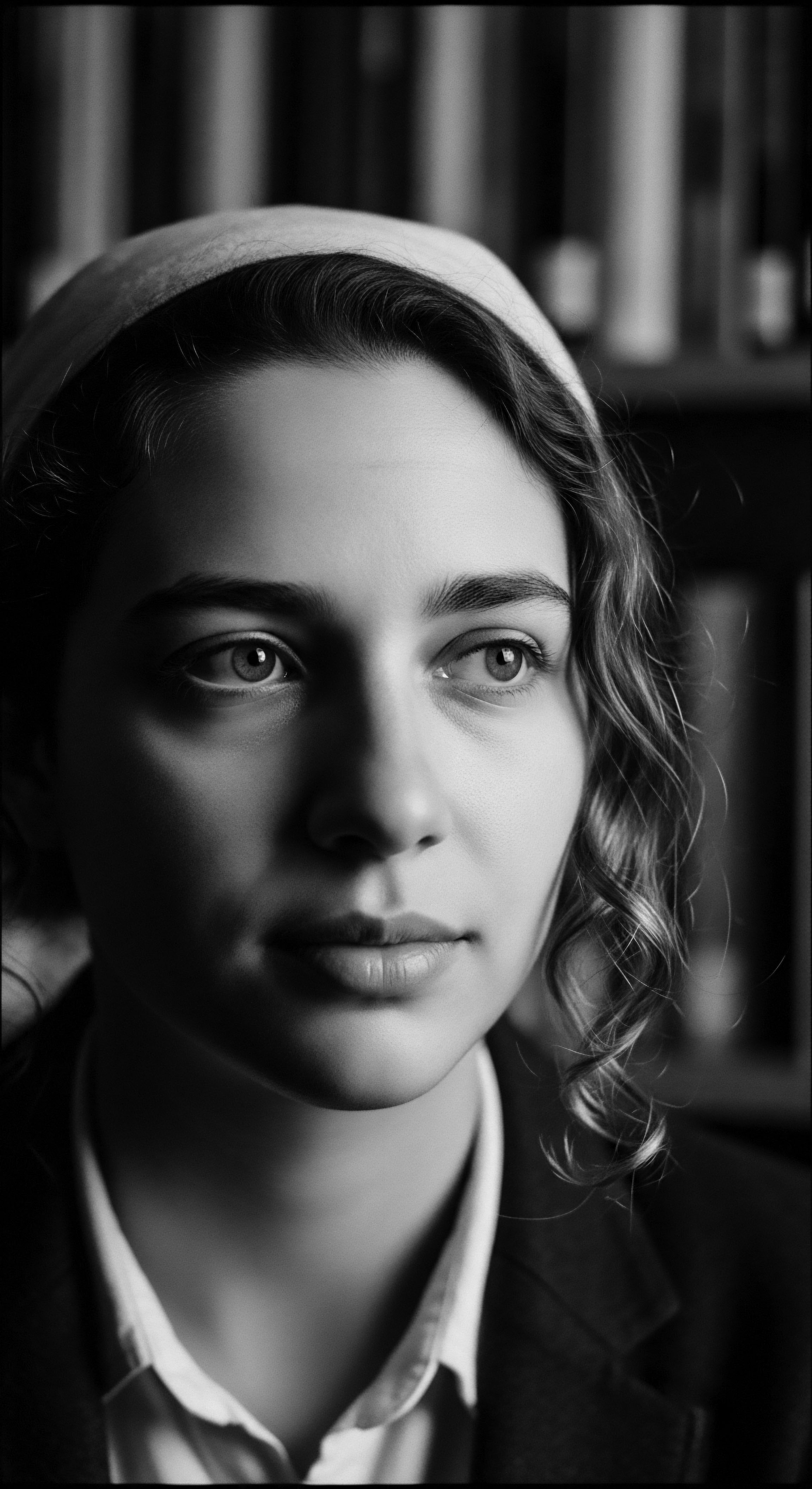
Reflection
The story of historical head coverings protecting textured hair at night is a profound testament to continuity, resilience, and the deeply personal connection to hair that spans generations. From the practicalities of ancient Egyptian headrests to the symbolic weight of the diaspora’s head wraps, each fold and fiber tells a story not just of utility, but of profound cultural meaning. The enduring legacy of these practices reminds us that care for textured hair has always been, and remains, an act woven into the very fabric of identity and heritage.
It speaks to an inherited wisdom, a silent understanding that the vitality of a strand reflects the well-being of a soul. These historical echoes continue to guide our contemporary rituals, inviting us to view our daily routines not as mundane tasks, but as conscious acts of connection to a rich, unbroken lineage.
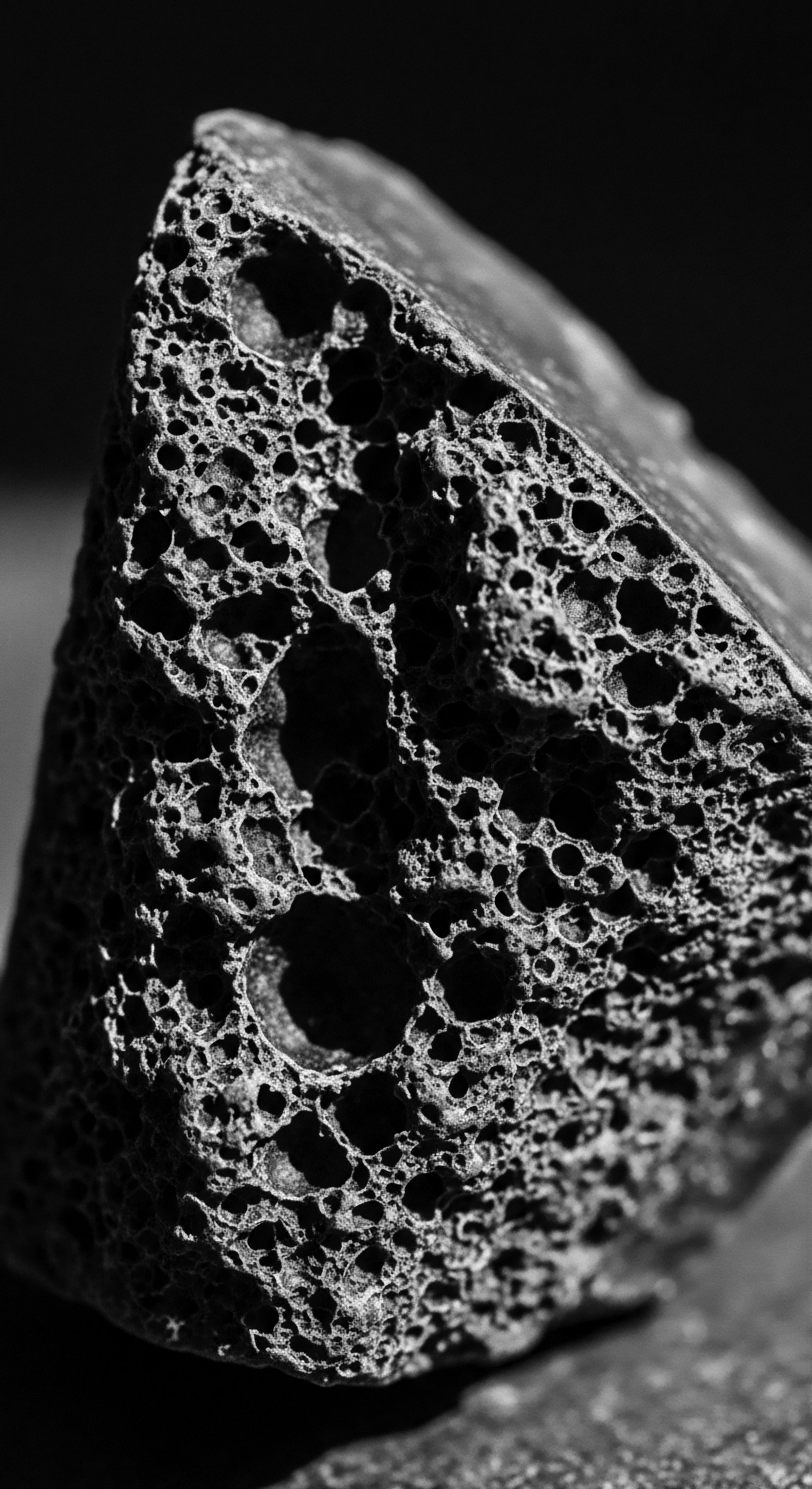
References
- Byrd, A. D. & Tharps, L. (2014). Hair Story ❉ Untangling the Roots of Black Hair in America. St. Martin’s Griffin.
- Gould, V. M. (1996). Chained to the Rock of Adversity ❉ Free Black Women in New Orleans, 1769-1840. The University of Georgia Press.
- Houser Wegner, J. (2018). Headrests in Glencairn’s Egyptian Collection ❉ Practicality and Protection. Glencairn Museum News, 7.
- Katsande, R. (2015). The history & meaning of head wraps across Africa. Wilderness Journal.
- Long, C. (2009). A New Orleans Voodoo Handbook. Inner Traditions/Bear & Company.
- Regis University and Metropolitan State University (n.d.). Hats and Headwear Around the World ❉ A Cultural Encyclopedia.
- Synnott, A. (1987). Shame and Glory ❉ A Sociology of Hair. British Journal of Sociology, 38(3), 381-413.
- Tharps, L. (2020). The History of Textured Hair. Colleen (blog post referencing “Hair Story”).
- World History Encyclopedia (2017). Cosmetics, Perfume, & Hygiene in Ancient Egypt.
